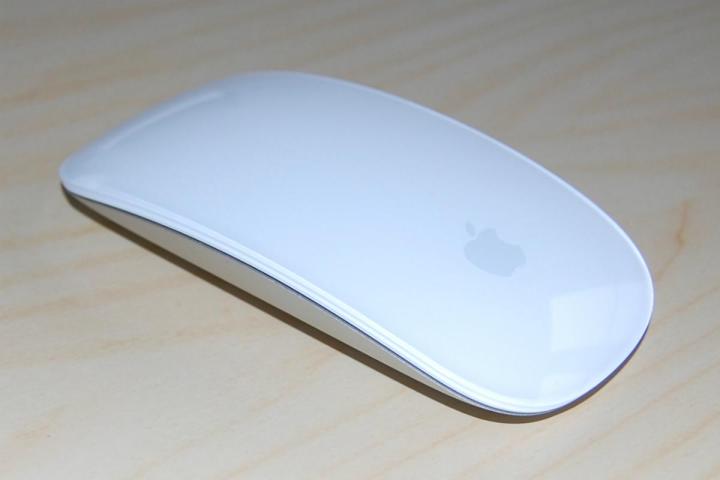
Related: Why mechanical keyboards aren’t just for geeks anymore
According to the patent, the mouse’s sensors would be able to detect how hard a user presses a button. Depending on how hard the button is pressed, the program you’re using might respond with a different action, and that action could differ from one app to the next. The response would be paired with an action acknowledgement in the form of a vibration.
Related: Here’s everything you need to know about Mac OS X Yosemite
In one iteration, the patent details a mouse whose sensors split the surface into three zones: left, right, and middle. In the patent, Apple uses the example of a flight simulator and how force sensitivity could be useful when playing such a game. Depending on how hard you press one of these buttons, the speed at which your virtual aircraft could move in different directions could vary.
Unfortunately, flight simulators are not nearly as popular as they used to be, and Macs aren’t exactly a hardcore gaming platform to begin with. This is just one example, though.
Keep in mind that the patent filing doesn’t necessarily mean that Apple is working on such a device. Companies file patents all the time that they never end up acting on. However, it’s worth noting that the Apple Magic Mouse is about five years old.
Editors' Recommendations
- 6 mice you should buy instead of Apple’s Magic Mouse
- The Magic Mouse has been fixed, but not by Apple
- Modder tries to fix Apple’s unfixable Magic Mouse
- M2 Max and M3 Max leak reveals how Apple may scale performance with future chips
- Future MacBooks could get a big performance boost if new Apple patent pans out


